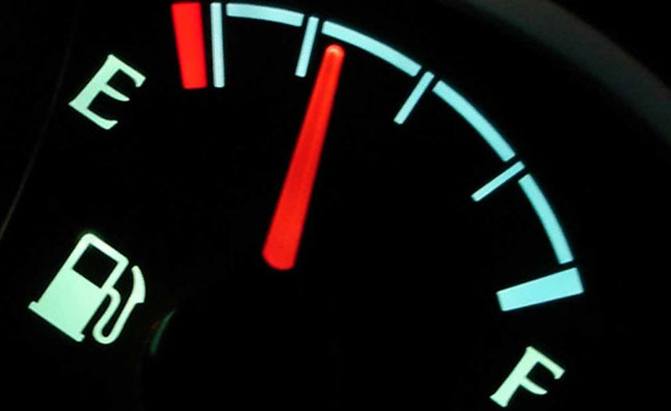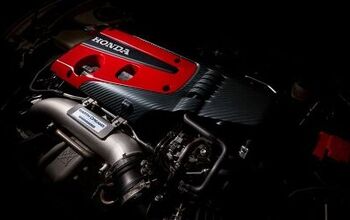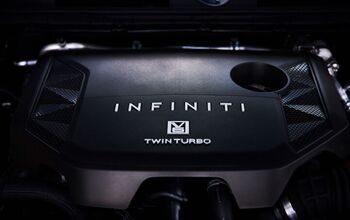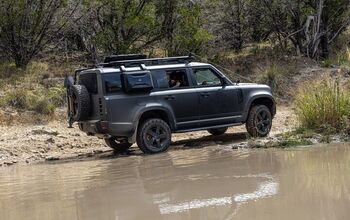Here's Why You Should Never Drive Your Car On Empty

Some drivers see their car’s fuel gauge as a nagging parent; it lights up urging you to refuel like your mom or dad would remind you to clean your room. But don’t ignore your car’s insistence on refueling, because you can damage your car by running it on empty.
We’ve all been in the situation where you’re driving along, possibly singing a song, when suddenly *DING* a low fuel warning light pops up and ruins all your fun because you have to take a pit stop or detour and get gas. You’re either the type of driver that gets really nervous or you’re the complete opposite, relaxed because “empty” is just a guideline or friendly suggestion.
Here’s what you should know, regardless of which type of driver you are. The warning light indicates that the fuel has reached the reserve level, which is about 10 to 15 percent of your tank’s total capacity. You can use that reference along with your car’s average fuel economy to calculate your remaining range, but it’s a good idea to not risk running the car until it’s dry.
See Also: How Far Can You Drive on Empty?
While standing on the side of the road with your empty car waiting for a tow truck or walking to the nearest gas station and returning with a jerry can is embarrassing enough, there’s another serious concern that could impact your wallet. And it will be way more expensive than a tank of gas.
In your fuel tank, there is a contraption called a fuel pump, which sends the fuel from the tank to the engine. The fuel pump relies on the gasoline in the tank to keep it cool and lubricated. Running the car with a low tank means that the pump isn’t staying as lubricated as it should and is at risk of overheating. The obvious downside to this is premature failure of the pump.
That’s a pretty expensive repair. Failing fuel pumps will lead to poor performance, particularly with a car not accelerating smoothly or starting at all.
Your fuel pump also has a fuel filter, which can quickly get dirty if you drive with a low tank. Since any sediment or dirt sinks to the bottom of the tank, the fuel filter could end up getting blocked or could take in dirty fuel, which also has costly consequences.
Ignoring your car’s low fuel warning is generally a bad idea, and running your car on empty can cause serious and costly problems to your car’s fuel system. Keep that in mind the next time your car nags you to visit the gas station.

Sami has an unquenchable thirst for car knowledge and has been at AutoGuide for the past six years. He has a degree in journalism and media studies from the University of Guelph-Humber in Toronto and has won multiple journalism awards from the Automotive Journalist Association of Canada. Sami is also on the jury for the World Car Awards.
More by Sami Haj-Assaad
































Comments
Join the conversation
The fuel is always sucked out of the tank at the lowest point in the tank. Whoever tells you otherwise doesn't know shit. And fuel pumps are NOT lubricated by petrol. This artical is full of errors.
What absolute nonsense, even quoting the old wives tail about dirt at the bottom of the tank, which is where ALL the fuel is taken from. Embarrassing and incorrect.